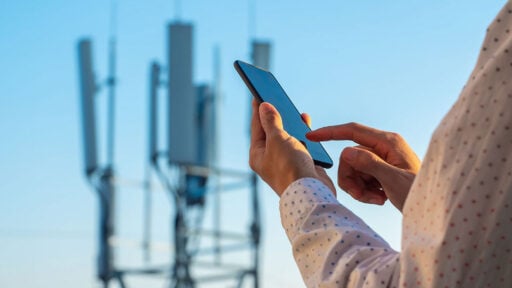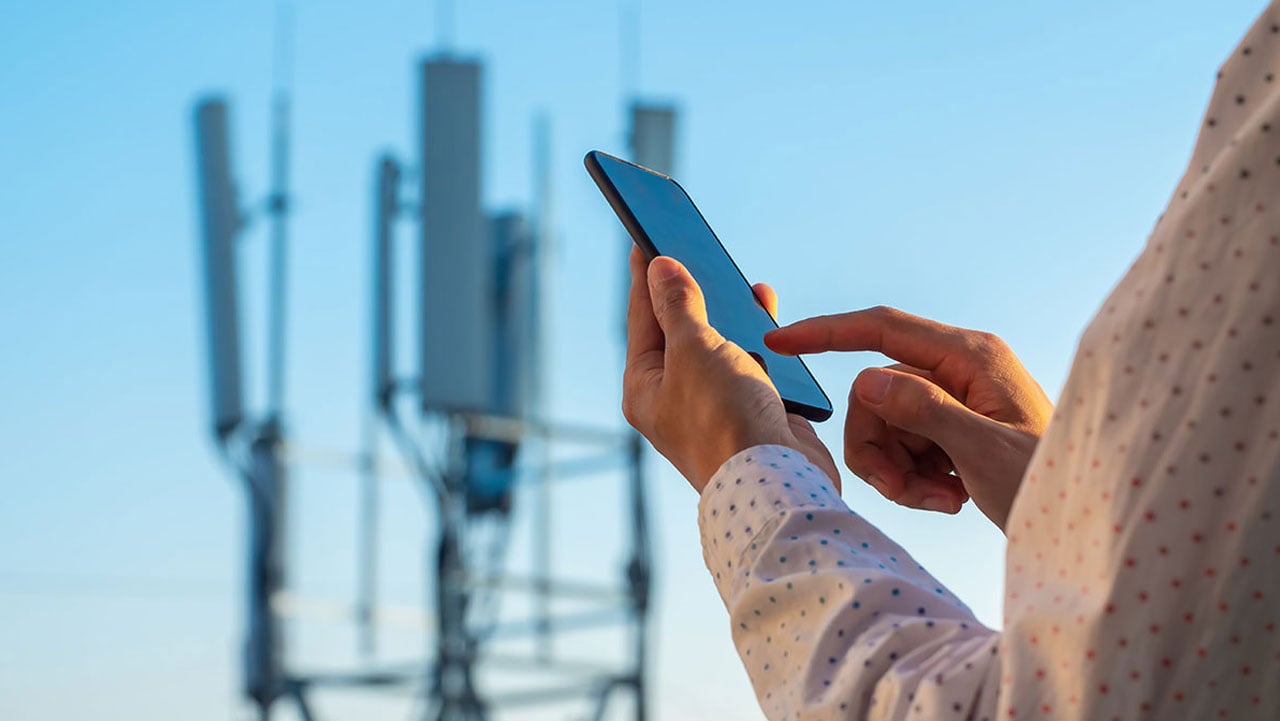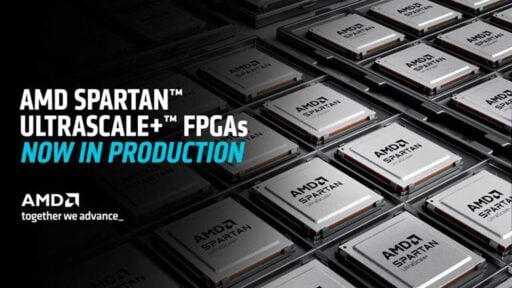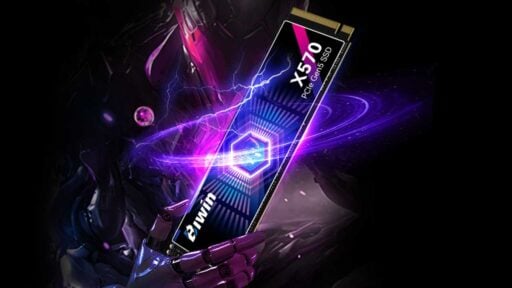One thing that distinguishes modern-day life in the Philippines from life in the previous decades is Filipinos’ reliance on wireless data technologies. It’s no longer a novelty to be able to use the internet on one’s mobile phone or to be able to download high-resolution audio and video content, as long as one has a reliable connection. At the same time, however, even if the possibility of fast and reliable wireless communication is there, not all Filipinos can avail themselves of it. There are several things that factor into the quality and reliability of their connection, and one of them is access to a strong and consistent data transmission system.
This is where small cell technology comes in. In recent years, small cell sites have become an important component of digital infrastructure Philippines initiatives, and they are likely to see even more use in the era of hybrid learning and work-from-home arrangements. Below is a briefer on how small cell sites work to boost mobile networks’ capacity and coverage, the benefits of small cell installations, and what kind of future Filipino communities can look forward to with improved connectivity via small cell technology.
Table of Contents:
- 1 How Small Cell Sites Work
- 2 The Role Small Cell Technology Plays in Empowering Filipino Communities
- 3 They Ensure Reliable Connectivity and Reduce Network Congestion
- 4 They Make Communication Easier, Smoother, and Cheaper for Users
- 5 They Are Easier to Install and Induce Less Environmental Strain Than Macro Cell Towers
- 6 Final Words: The Future Is Bright for Small Cell Technology in the Philippines
How Small Cell Sites Work
First, a word on what small cell installations entail: small cell installations are lower-power counterparts to the huge communication towers, or “macro cells,” that people often associate with their mobile data and internet provider coverages. Small cells also comprise three subtypes:
- Femtocells, which typically transmit between 100 mW and 20 dBm of power across coverage radii that are between 30 and 165 feet in length, and are typically used in indoor settings;
- Picocells, which are capable of transmitting between 250 mW and 24 dBm of power across coverage radii that are between 330 and 820 feet in length, in both indoor and outdoor settings, and;
- Microcells, which can transmit between 2000 mW and 37 dBm of power across coverage radii that are between 1600 and 8000 feet, and which are mostly deployed in outdoor settings.
Each small cell consists of antennas and small radio equipment, with the overall kit being the size of a pizza box. Instead of demanding a dedicated space as large as that of a macro cell tower, a small cell can be mounted on a pole, a street light, the side of a residential or commercial building, and the like. These small base stations, also called “transceivers,” are also installed at a closer distance to each other, or just a few blocks away from each other.
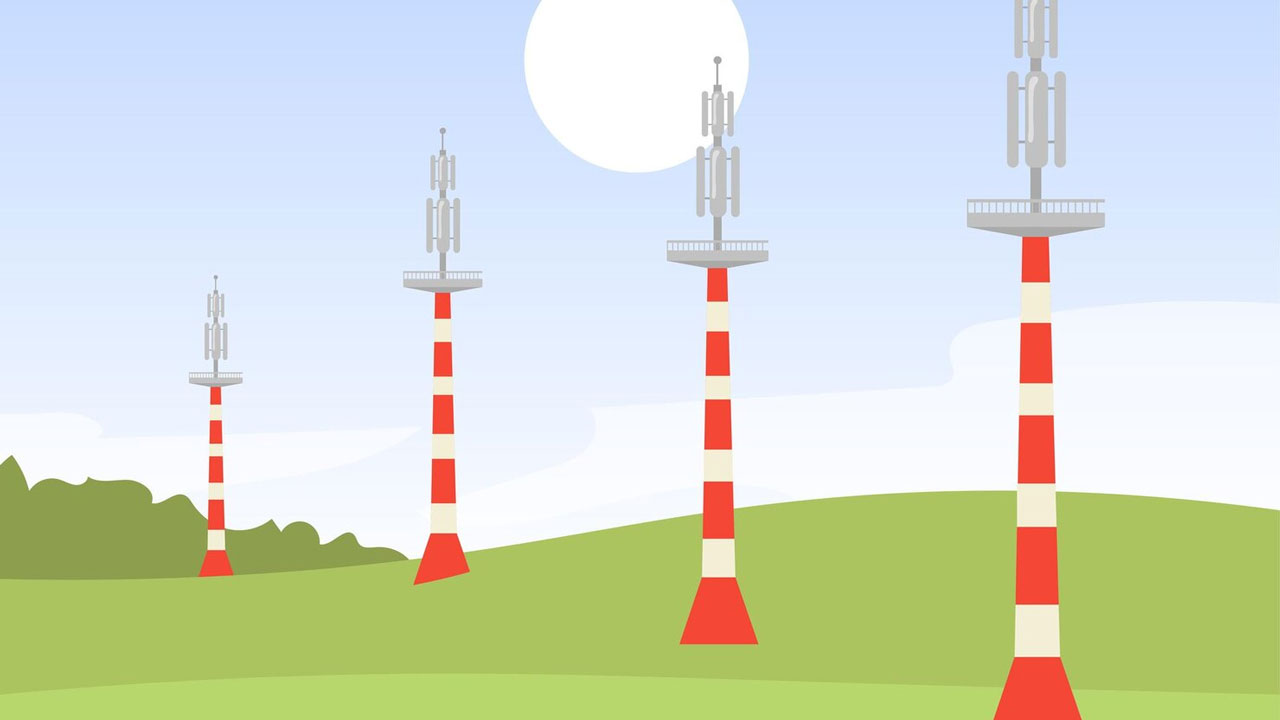
High-density placement boosts the connectivity advantages of small cells even more. When they are deployed using this design strategy, small cells enable the transmission of data from the low-band, mid-band, and high-band spectrums (the last two types of airwaves cannot travel very far).
The impact of a small cell installation in the neighborhood will be immediate. Even without being in close proximity to a macro cell tower, a client will be able to use the internet at high speeds and stay connected to their mobile network through their device, all thanks to the small cell installation in their area.
The Role Small Cell Technology Plays in Empowering Filipino Communities
To illustrate what small cell technology is capable of, here are three ways that small cells improve connectivity in Filipino communities:
They Ensure Reliable Connectivity and Reduce Network Congestion
This technology is invaluable in areas that suffer regular network congestion, in which a network exchanges or carries more data than it’s actually capable of. Small cells can comfortably accommodate more devices within their respective ranges, thus decreasing the burden that would otherwise fall on a common tower and decongesting the number of devices connected solely to one site.
The equitable distribution of bandwidth ensures that more clients can be served, and that access to communication doesn’t falter when people need it the most—i.e. when they need to send messages to loved ones or when they need to download or exchange data for school or work. For modern-day communities that are dependent on good connections, small cell installations will be key.
They Make Communication Easier, Smoother, and Cheaper for Users
Small cells are specially designed to reduce the complexity of communication, all while using low power. With small cell installations, Filipino communities can unlock the following:
- Better coverage from their mobile network provider
- Faster internet connections
- The ability to do more with their data, like download high-resolution content at faster speeds
- Greater efficiency with their devices, which will consume less power to connect to the internet
All these result in a communication experience that’s smoother, cheaper, more pleasant, and more suited to important functions like work, studies, settlement of online payments, and day-to-day communication with loved ones.
They Are Easier to Install and Induce Less Environmental Strain Than Macro Cell Towers
Another great advantage of small cell installations is that they don’t require large and dedicated sites just to be set up. All that’s needed to complete a small cell installation are power, a backhaul that transmits to the small cell’s core network, and permission to install the technology in a particular space (e.g., a pole network).
It typically takes only a couple of hours to finish a small cell installation, as opposed to the months it can take to complete a macro cell tower. Instead of looking for large plots of land and other resources for new macro cell towers, network providers can explore thriftier, more adaptable solutions like small cell technologies for their clients. The installations will be less obtrusive and less environmentally straining on communities, all while catering to their connectivity needs.
Final Words: The Future Is Bright for Small Cell Technology in the Philippines
To be clear, the ideal digital infrastructure scenario in the Philippines involves both macro and small cell technologies to keep people connected. Macro cells are needed to guarantee low-frequency coverage for huge distances, while small cells should be deployed to enhance high-frequency coverage between smaller distances. Small cells, however, present a more lightweight and affordable alternative to the construction of multiple macro cell towers. The fact that they can be deployed spells a lot of promise for how mobile networks and internet providers will be able to serve their clients.
Now that Filipinos are even more reliant on wireless connectivity for their daily needs, they should benefit from digital infrastructure solutions that guarantee connectivity no matter where they are. There’s a lot of promise to be had in small cell installations that will allow people to connect to hotspots and surf the internet, either for free or through affordable promos from their mobile internet provider.
Communities in Visayas and Mindanao, in particular, can look forward to upcoming small cell installations that will supplement their developing needs and economic growth. With the heightened target capacity and close-to-demand approach that’s possible with small cell installations, the Philippines is now closer to achieving high network quality and reliable communication for all.
